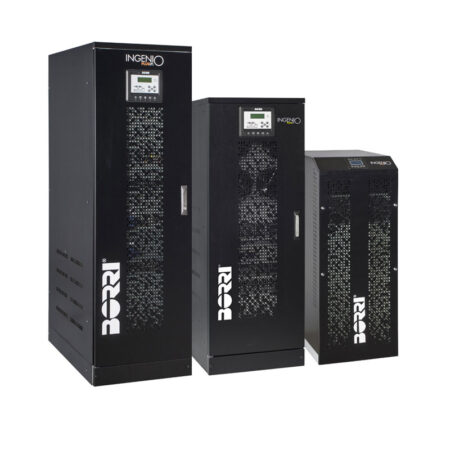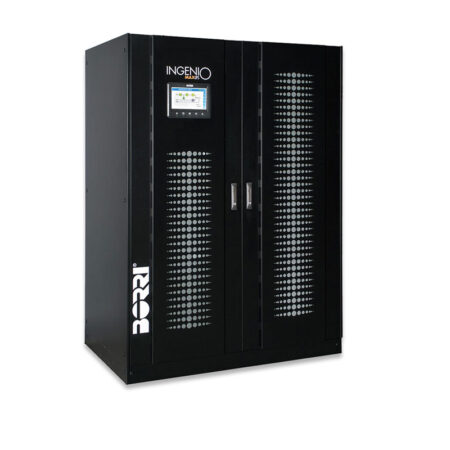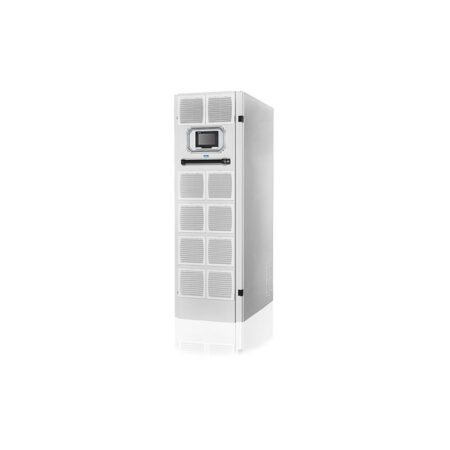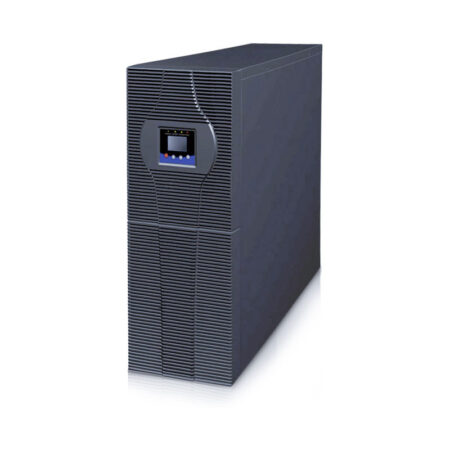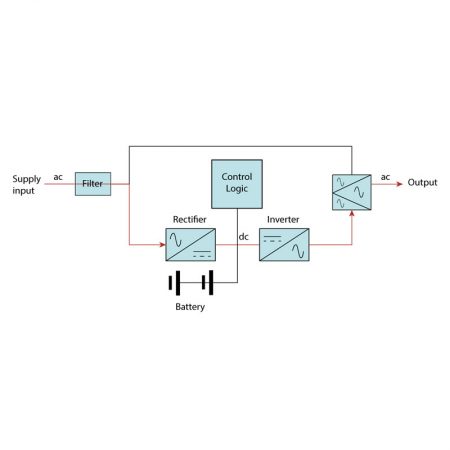


For LIB regulations (Line Interactive with By-pass): UPS operating interactively with the grid, through an automatic switch; the utility is powered by a stabilized voltage thanks to the connection in parallel of the entry power and the inverter exit. This architecture requires an impedance between the grid entry and the UPS exit.
In this category, unlike the normal Line interactive UPS systems, we propose only UPS equipped with AVR (Automatic Voltage Regulator: output voltage stabilized through Buck-Boost technology), with smart battery control to extend duration over time and with true sine wave inverter. It is well known that in some applications the modified sine wave or square wave can cause utility failures or unacceptable disturbance. UPS Line interactive power normally never exceeds 3KVA.


